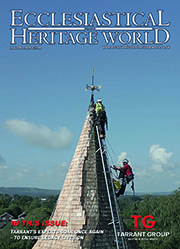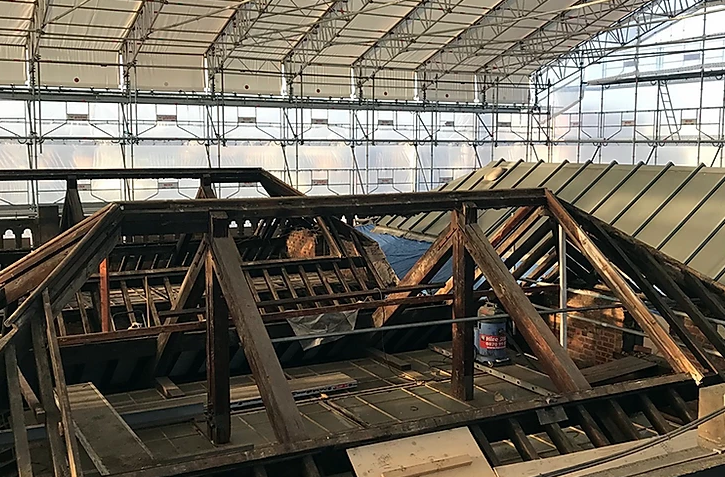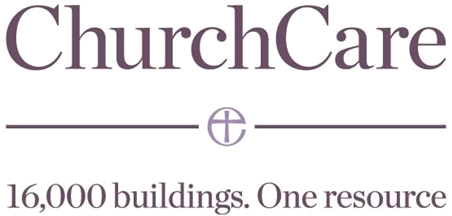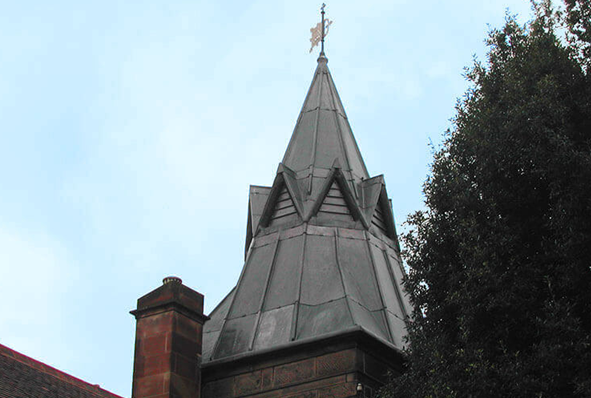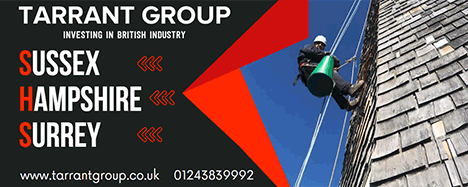Heritage Roofing
Heritage roofing - maintaining our iconic buildings
The UK is home to some of the most iconic buildings in the world, from stunning churches and cathedrals to historic stately homes. Each and every one of these remarkable feats of architecture requires regular maintenance to ensure they remain in the very best condition, allowing them to be enjoyed for generations.
Lightning Protection
When lightning strikes are you protected against this act of God?
The issue of lightning protection in churches is one that has exercised this publication for many years. In this four-part series of spotlights on the issue we will be revisiting various aspects of the subject, beginning with an overview of current thinking.
Traditional Lime
Lime: it’s better for buildings – and for the environment
It is now fairly well known that cement is not good for old buildings and that lime mortar should be used. But why? What are the advantages and what are the disadvantages? In order to begin to answer those questions it is necessary to understand the nature of traditional building, the process by which buildings used to be built, and how it differs from modern construction, the process by which we build today.
Audio Visual
Audio visual equipment in church buildings
This guidance is issued by the Church Buildings Council under section 55(1)(d) of the Dioceses, Mission and Pastoral Measure 2007. As it is statutory guidance, it must be considered with great care. The standards of good practice set out in the guidance should not be departed from unless the departure is justified by reasons that are spelled out clearly, logically and convincingly.
Read More...
CRE Events
Churches are coming under starter’s orders for CRE 25
Churches across the nation are beginning to make preparations for their visit to Christian Resources Exhibition’s CRE 25.
Insurance
You need to ensure that reasonable precautions are in place at your church to keep it safe for those who use it. To do this, you need to think about what might cause harm to people.
You will then need to decide if the precautions already in place are adequate. If they are not, you may need to identify further action to prevent any danger. When done formally, this is known as a risk assessment.
LPOW Grants
£23 million government package to support restoration of thousands of listed places of worship
Heritage Minister Sir Chris Bryant has announced that the Listed Places of Worship Grant Scheme will be extended into the next financial year, providing £23 million so that thousands of historical buildings, including churches, synagogues, mosques and temples, can carry out restoration work.
Lead Roofing
Lead is one of the oldest materials in the roofing industry and is still commonly used throughout the world today.
Lead roofing is a traditional roofing method which has been used in the industry for hundreds of years, and is therefore proven to be extremely reliable. Lead roofing, and sand-cast lead, in particular is ideal for old buildings such as churches or historical renovations, whereas milled lead roofing is a mass-produced alternative, used for precision and accuracy in homes and commercial buildings alike.
Home
GALLIFORD TRY COMPLETES CARBON NEGATIVE “CODE SIX” VICARAGE
A newly built vicarage in Wembley completed by Galliford Try for the London Diocesan Fund in partnership with LHA-ASRA Group, has become one of the first vicarages in the UK to achieve Level 6 of The Code for Sustainable Homes.
The carbon negative St Johns Vicarage forms part of a £4 million mixed use development built by Galliford Try which also includes 12 apartments, 8 terraced houses and a community centre built in the vicinity of St John's Church, originally designed in the 19th century by Sir George Gilbert Scott.
The eco-exemplar vicarage features controlled water usage, rainwater harvesting, vertical-bore ground source heat pumps, whole-house ventilation with heat recovery and photovoltaic arrays. Each of the homes within the development will achieve Code for Sustainable Homes Level 4, whilst the community centre will achieve a BREEAM “Excellent” rating. A Rain Water Harvesting system will serve toilets and laundry areas with Photo-voltaic panels contributing to the 20% renewable offset requirement.
Galliford Try Partnerships Sustainability Design Manager Alan Wyper explained: “Unlike many carbon neutral new homes, we have adopted traditional build techniques for this development. It has also been designed almost entirely by our in-house teams.”
Now Galliford Try will use the vicarage’s eco template to build new affordable homes as part of a major regeneration programme in Gateshead with the Home Group and as a platform for the 21 carbon-negative dwellings at Reed Street in South Shields which will be built for Four Housing Group.
To mark the completion of the vicarage, a blessing was recently performed by the Archdeacon of Northolt, the Venerable Rachel Treweek.
William Cornall, group director of development and assets with LHA-ASRA group, the social housing group behind the project, said: "Identifying good quality sites for much needed affordable housing is always a real challenge in London.
“However, by working creatively this development clearly demonstrates what can be achieved, even in these times of constrained government funding.
The outcome is that the church has a stunning new vicarage, and people in the Wembley area have some urgently needed affordable accommodation."







